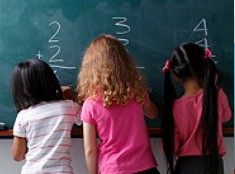Increase satisfaction with all aspects of your life - at work, home & school - today! Negotiate to get your built-in needs met so you can self-actualize.
Education
Education
Despite everything we know about learning, students still struggle to achieve their potential and teachers experience high levels of frustration. It’s easy to blame the teacher, school system, or even the student. Children with learning or behavioral difficulties are at an even greater disadvantage in the classroom. It doesn't have to be like this.
Neuroscience has given us new insights into how the brain develops and the critical role that emotions play in learning. We’ve found that learning is not a passive, mechanistic activity like we once thought. It involves the whole brain. Real learning is done through acquiring knowledge, caring, and experiencing.
Switch On Your Learning
Our emotional brain contains the "on-off" switch to learning. When it is "off", we have only the potential to learn. When it’s "on", when we care or are engaged with the topic or person teaching us, the pathway to learning is open. Research shows that happiness has a positive effect on learning, memory and social behavior. Conversely, negative emotional states, such as anger and sadness, have a negative impact on learning and motivation.
The SSPS shows parents, teachers and students how to use a student's emotions to enhance their learning. Teachers learn how they can keep their students emotionally engaged with the subject. Parents can get kids excited about learning by creating situations where they get their needs met when doing homework.
You Don't Pick Your Children's Teachers
Too often students fall behind due to a poor match between the teaching style and their learning style that goes unaddressed. The difficulties get blamed on the student – a lack of focus or motivation – and the underlying issue does not get resolved. Most parents don’t realize until too late the impact of the teacher’s style on their child's progress.
When we understand the different teaching styles as well as our child’s learning style, we can better advocate for our child’s learning. By knowing when the teacher’s style is not a good match for our child’s needs, we can anticipate issues, source additional support, or proactively negotiate with the teacher or school.
Teachers
By understanding your teaching style, as well as the learning styles of students, you can recognize when your Style is supporting a student’s learning and when it might be getting in the way. The SSPS provides strategies to maximize the potential of students based on insight into their needs. It helps you learn how to use your emotions to motivate your students and how to engage the emotions of your students to help them love to learn.
Knowing your Striving Style™ provides you with insight into your teaching style, how you are most likely to get your need met as a teacher, as well as the impact of your Style on students. It helps you understand your students’ Styles, and how to match your teaching approach to their students’ predominant needs. This minimizes the emotions and behaviors that get in the way of learning. Gaining insight into how to challenge the brains of your students so that they optimize their learning potential is acquired by using the SSPS.
Students
With the SSPS, you can:
- Maximize your learning and impact at school
- Understand your needs that must be met in the classroom
- Learn strategies for getting your needs met to maximize your learning
- Reduce the impact of behavioral or learning challenges on success in school
- Look forward to going to school
- Achieve your potential as a student
Get switched on to learning today. Explore the SSPS Teaching and Learning Styles Reports.

Are your children excited about learning? Find out how to teach them to love learning. LEARN MORE... »

Are you working harder than your children at their homework? Find out how to engage them in learning. LEARN MORE... »

Make your classroom a fantastic experience for you and your students. LEARN MORE... »

The brain learns faster and retains more in the absence of fear and anxiety. LEARN MORE... »















